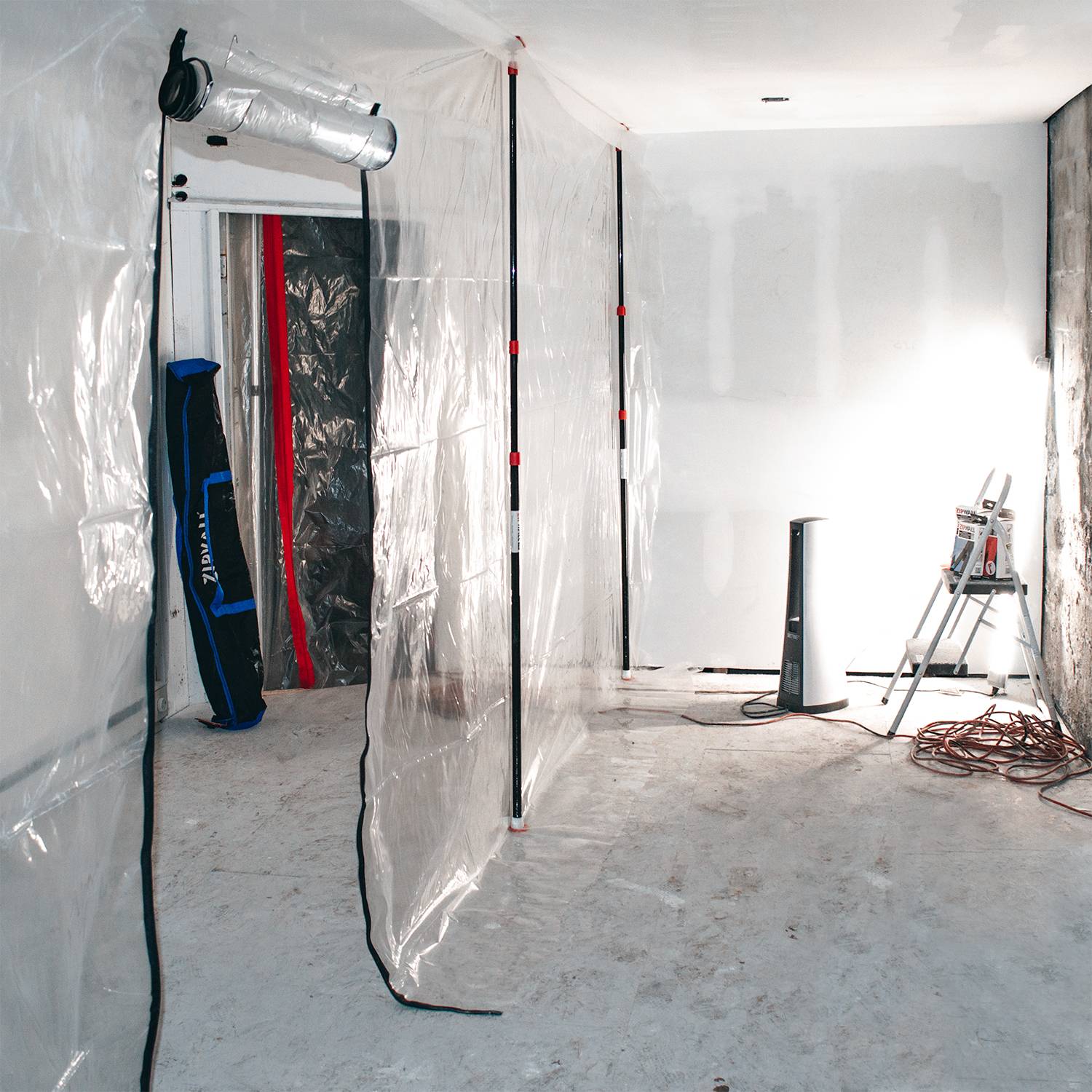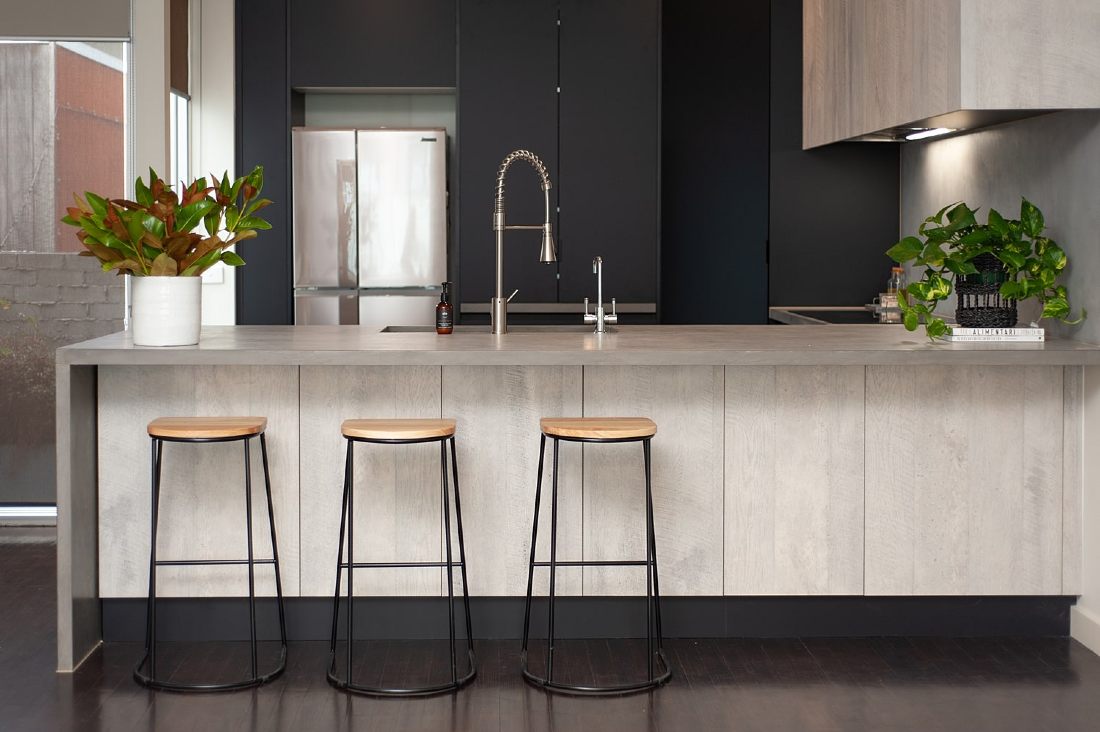
Before you decide to tear down a wall, you must know what it is made of. Non-load-bearing walls require a more surgical approach. Bashing them down with hammers can be dangerous and messy. It is safer to disassemble a wall by layering it, much like peeling an onion. To begin, you will need to get rid of any objects that may be inside the wall. Next, you'll need to take out the drywall. After you are done, remove the wall-supporting structures and cut down any remaining studs.
Before you can start, it is important to determine if the wall has load bearing capacity. This is more difficult if your wall is brick-built. You will need to obtain a report from a structural engineer in such cases. The next step is to determine if the wall contains plumbing. If the wall has plumbing, you'll need to reroute those pipes and electrical outlets. Removing load-bearing walls is dangerous.

You might consider tearing down a wall if you are renovating an old home. This is a great idea to increase the space in your home and make it more inviting. Next, you can begin to work on a new design. You can make your home more spacious by removing a wall. Be sure to protect your property. Consider the effect of tearing down a space on the surrounding property.
Before you start to tear down a wall, make sure you know if it's load-bearing. If you examine a wall carefully, it will usually be easy to determine if it's load-bearing. If you're working on a second floor, you can check for any drains in the basement or crawlspace. Once you have checked for drains in the basement or crawlspace, you can proceed to removing and repairing the wall. It is a great idea to open up the space and let more sunlight in.
Before you remove a wall, make sure you check for plumbing. It's important to know if the wall is load-bearing by inspecting it closely. A sink may have drains in the wall. Check the pipes below to ensure they are free of obstructions. Also, make sure you turn off power and water mains if they are in your crawlspace.

Make sure to turn off the water supply and circuit breakers before you begin tearing down walls. You should also consider the plumbing if you're tearing down an existing wall in a crawlspace. If the drain or toilet blockage is evident, this could indicate that the wall is load-bearing. If you have to remove a wall that is on the second floor, it's worth checking for any other plumbing fixtures. You might also check your crawlspace.
FAQ
How many times should I change my furnace's filter?
It all depends on how frequently your family uses your home heating system. Consider changing your filter frequently if your family plans to leave the house during cold weather months. However, if you rarely go out of the house, you may be able to wait longer between changes.
A typical furnace filter lasts approximately three months. This means that you should replace your filters every three months.
For information on when to replace your filter, you can consult the manufacturer. Manufacturers recommend changing your filter after each heating season. Other manufacturers suggest waiting until visible dirt builds up.
What time does it take to finish a home remodel?
It all depends on the project's size and how many hours you spend each week. The average homeowner spends between three to six hours per week on the project.
Is it better to hire either a general or subcontractor?
Hiring a general contractor is usually more expensive than hiring a subcontractor. General contractors often have many employees and charge clients high labor costs. On the other hand, a subcontractor only hires one employee, so he or she charges less per hour.
Statistics
- A final payment of, say, 5% to 10% will be due when the space is livable and usable (your contract probably will say "substantial completion"). (kiplinger.com)
- Design-builders may ask for a down payment of up to 25% or 33% of the job cost, says the NARI. (kiplinger.com)
- Rather, allot 10% to 15% for a contingency fund to pay for unexpected construction issues. (kiplinger.com)
- It is advisable, however, to have a contingency of 10–20 per cent to allow for the unexpected expenses that can arise when renovating older homes. (realhomes.com)
- The average fixed rate for a home-equity loan was recently 5.27%, and the average variable rate for a HELOC was 5.49%, according to Bankrate.com. (kiplinger.com)
External Links
How To
How do I plan a whole house remodel?
It takes careful planning and research to plan a complete house remodel. Before you even start your project there are many important things that you need to take into consideration. It is important to determine what type of home improvements you are looking to make. There are several categories you can choose from, such as bathroom, kitchen, bedroom, living area, and so on. Once you've chosen the category you want, you need to decide how much money to put towards your project. It's best to budget at least $5,000 per room if you don't have any experience working on homes. If you have some experience, then you might be able to get away with less than this amount.
After you have determined how much money you have available, you can decide how big of a project you would like to undertake. If your budget only allows for a small renovation of your kitchen, you will be unable to paint the walls, replace the flooring or install countertops. On the other side, if your budget allows for a full renovation of your kitchen, you'll be able do just about any task.
Next, you need to find a contractor who is experienced in the type project that you want. This will ensure you get quality results and save you a lot of hassle later. Once you have hired a contractor, gather materials and other supplies. Depending on the project's size, you may have to buy all of the materials from scratch. You shouldn't have any trouble finding the right item in pre-made stores.
Once you have all of the necessary supplies, you can start making plans. You will first need to sketch out an outline of the areas you plan to place appliances and furniture. Then you will design the layout. It is important to allow for electrical and plumbing outlets. Make sure to position the most visited areas close to the front door. Visitors can also easily access them. Finally, you'll finish your design by deciding on colors and finishes. To save money and keep your budget low, you should stick to neutral tones.
Once you have completed your plan, it is time to begin building. Before you begin any construction, make sure to verify your local codes. While permits are required in some cities, homeowners can build without one in others. First, remove all walls and floors. You will then lay plywood sheets to protect your new flooring. Next, you'll attach the wood pieces to the frame of your cabinets. The frame will be completed when doors and windows are attached.
There are some final touches that you will need to make after you are done. Covering exposed pipes and wires is one example. You will need to use tape and plastic sheeting for this purpose. You'll also want to hang pictures and mirrors. Make sure to keep your work area neat and tidy.
These steps will ensure that you have a beautiful and functional home, which will save you tons of money. Now that your house renovation plan is in place, you can get started.